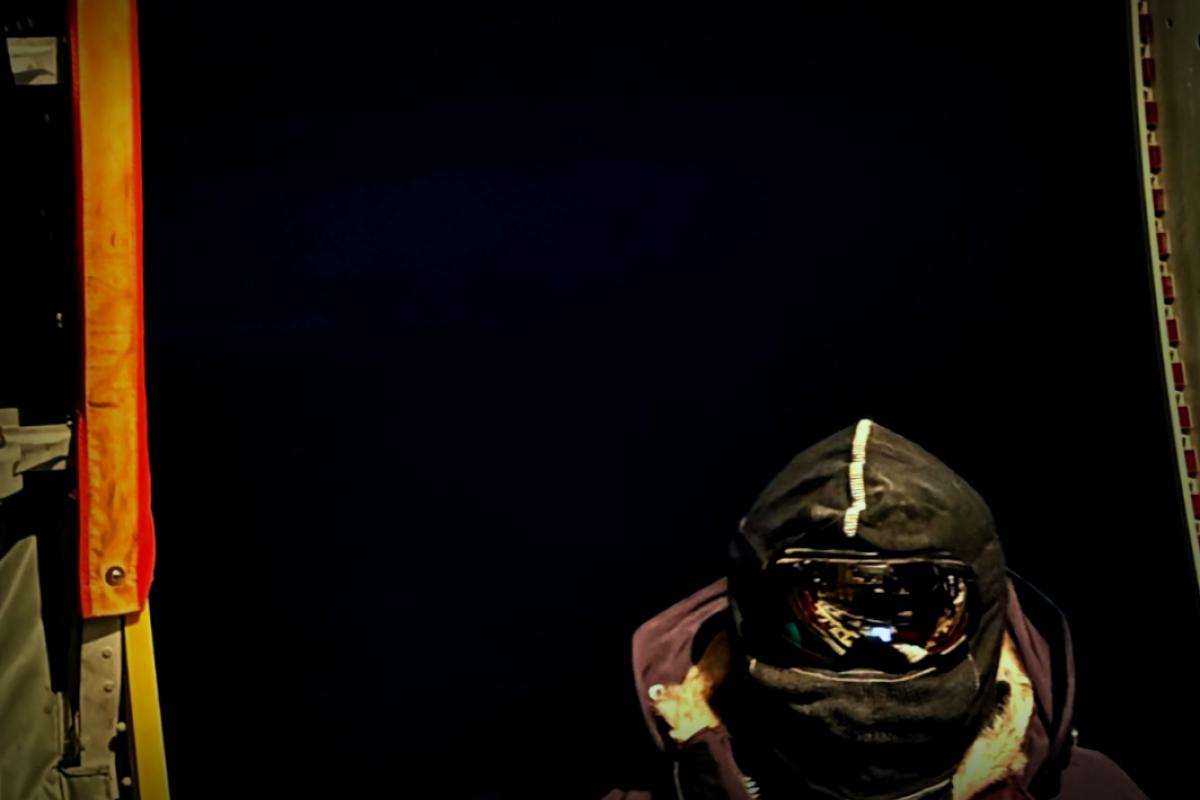On August 6, the New Zealand Air Force shared that three individuals from an American research base in Antarctica had to be airlifted to New Zealand due to deteriorating health conditions during the harsh winter months.
The evacuation was triggered by the U.S. National Science Foundation, which reached out for immediate assistance as these personnel were unable to receive the care they needed. One of the individuals was in particularly urgent need of medical attention, according to reports from the New Zealand Defense Force. Against the odds of perilous weather, the operation successfully concluded, and all three individuals are now receiving the necessary treatments.
Air Commodore Andy Scott, commander of the Air Component, mentioned the collaboration with Antarctica New Zealand and the NSF staff in Antarctica had made the successful flight possible. “The patients are now getting the medical treatment they need in Christchurch,” he stated in a press release issued on August 6.
In detailed preparations, the Royal New Zealand Air Force scrutinized weather patterns and the runway conditions prior to taking off from McMurdo Station on the afternoon of August 5. They managed to land in Christchurch the next day.
A medical team, including one doctor among others from the New Zealand Defence Force, flew with the patients to provide ongoing care during the trip.
However, specific reasons for each person’s medical evacuation were not divulged by the military team.
What Made This Journey So Risky?
The military emphasized that undertaking flights in Antarctica during the dead of winter is among the most challenging tasks. Issues such as frigid temperatures, unpredictable weather, and the danger of landing in darkness vastly increase the risk.
On the day of the evacuation, temperatures at McMurdo Station plummeted to -24 degrees Celsius (-11 degrees Fahrenheit), as noted by Reuters.
During the flight, the crew relied on night vision goggles to navigate through virtually-total darkness. The U.S. Antarctic Program’s Winter Team even constructed a makeshift runway prior to the flight’s takeoff to ensure a safe landing, according to Scott.
“Though conditions can be deemed safe for flying, it remains an incredibly challenging environment,” Scott explained. “Plus, once you’ve gone a certain distance south, there are no alternative airfields to land on, adding to these missions’ complexities and risks.”
The entire mission spanned roughly 20 hours, which included a brief stop on the ice for refueling—carried out in a technique referred to as “hot refueling,” during which the plane’s engines remained on.
Visual story: Explore the daring flight pilots undertook to execute this evacuation in freezing darkness.
This article was originally published by USA TODAY: Emergency Evacuation in Antarctica: US Researchers Rescue Mission During Harsh Winter



















